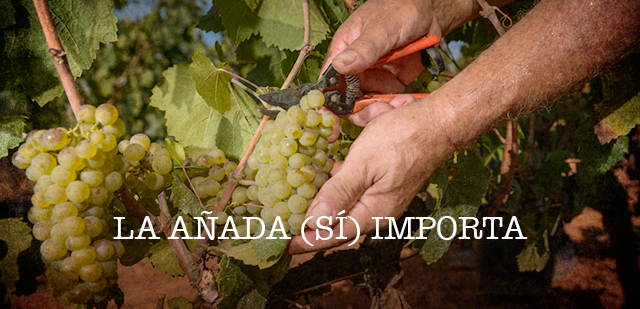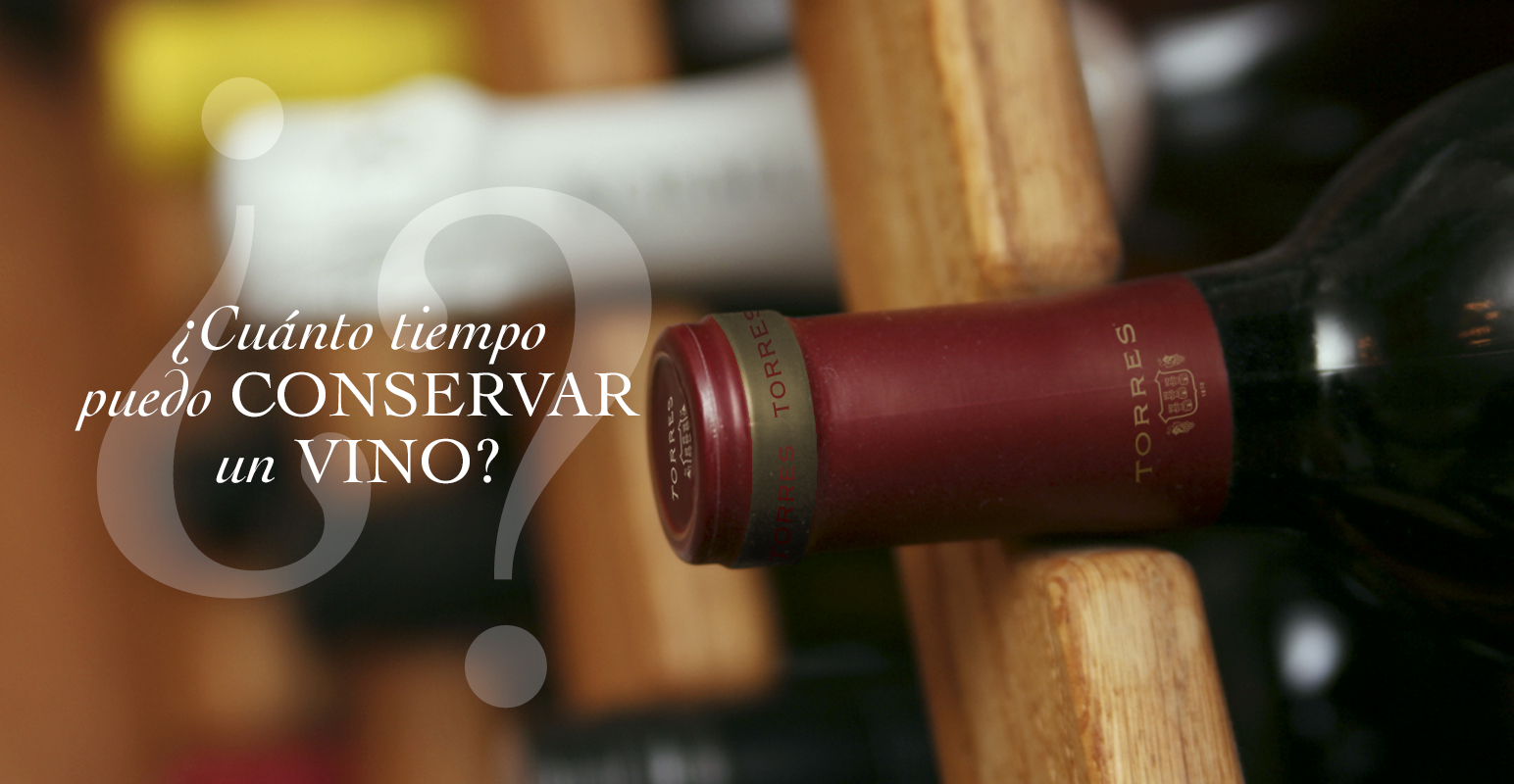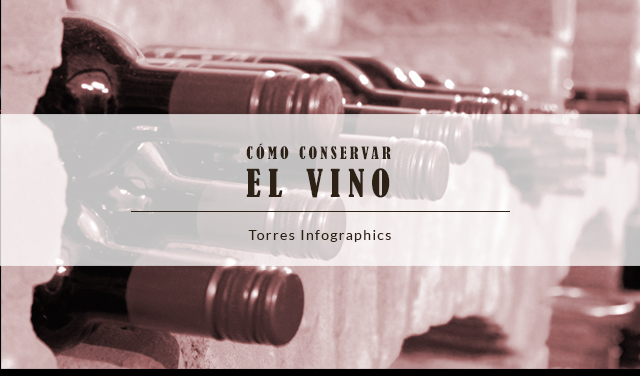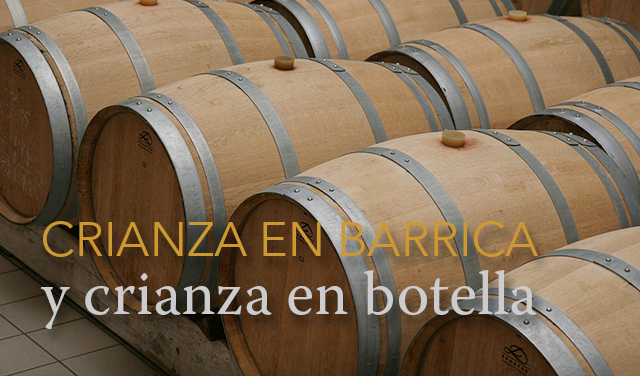VINTAGE (DOES) MATTER

Also known as añada or millésime in other parts of the wine world, vintage refers to the harvest year of the grapes. This factor deserves our attention. Not only does it indicate the age of a wine, but it provides us with a better understanding of its potential, character and quality.
As a side note, it's worth remembering that in the northern hemisphere (Europe, North America), the grapevine's growth season is from April to October whereas in the southern hemisphere (Chile, New Zealand, etc.) it is from October to April.
“How exactly does vintage influence wine quality? The answer mostly comes down to climate and how its variables change during the plant's vegetative cycle.”
What climatic factors can ruin a harvest?
Bearing in mind that every variety requires specific climatic characteristics, certain changes in weather will affect the volume and quality of the harvest.
The vine needs a certain climatic routine with hours of sunlight being a key factor. The sun provides the conditions for the plant to mature gradually and evenly until the phenolic development of its berries is fully balanced. Adverse weather events can wreak havoc on this process, forcing winegrowers and enologists to rely on their skills to save the harvest.
Unfortunately, bouts of spring frost and hailstorms are quite common in semi-continental climates. They often destroy crops before they've even flowered. Although these factors do not curtail or affect the quality of the grapes, they do reduce production.
Excessive sun exposure, high temperatures and drought, however, may cause the vines to stop growing, although this occurs infrequently and usually only in very hot regions. Grapes affected by excessive heat produce flabby wines lacking in structure with overripe, bitter tannins.
By the same token, excessively cold conditions will halt the plant's metabolic functions, which can even result in death.
Humid summers can invite another vineyard nemesis: fungal diseases. Too much rain during the harvest can bloat the grapes and diminish concentration.
It is important to note that what makes a good harvest is different from region to region. Even in the same region, it is difficult to obtain a great harvest for reds and whites at the same time.
It is easy to find vintage reports online. In fact, appellations of origin usually provide them. For example, hereyou'll find a vintage chart for the DOC Rioja appellation.
Is there such a thing as a non-vintage wine?
Yes. That being said, only certain wines may omit the vintage from their label.
On one hand, run-of-the-mill table wines produced in large quantities are often a blend of different vintages so they can't mention one on their label.
On the other hand, sparkling wines (especially Champagne) only mention the vintage when the harvest is so exceptional that winemakers do not need to use older wines in assembling the final blend.



